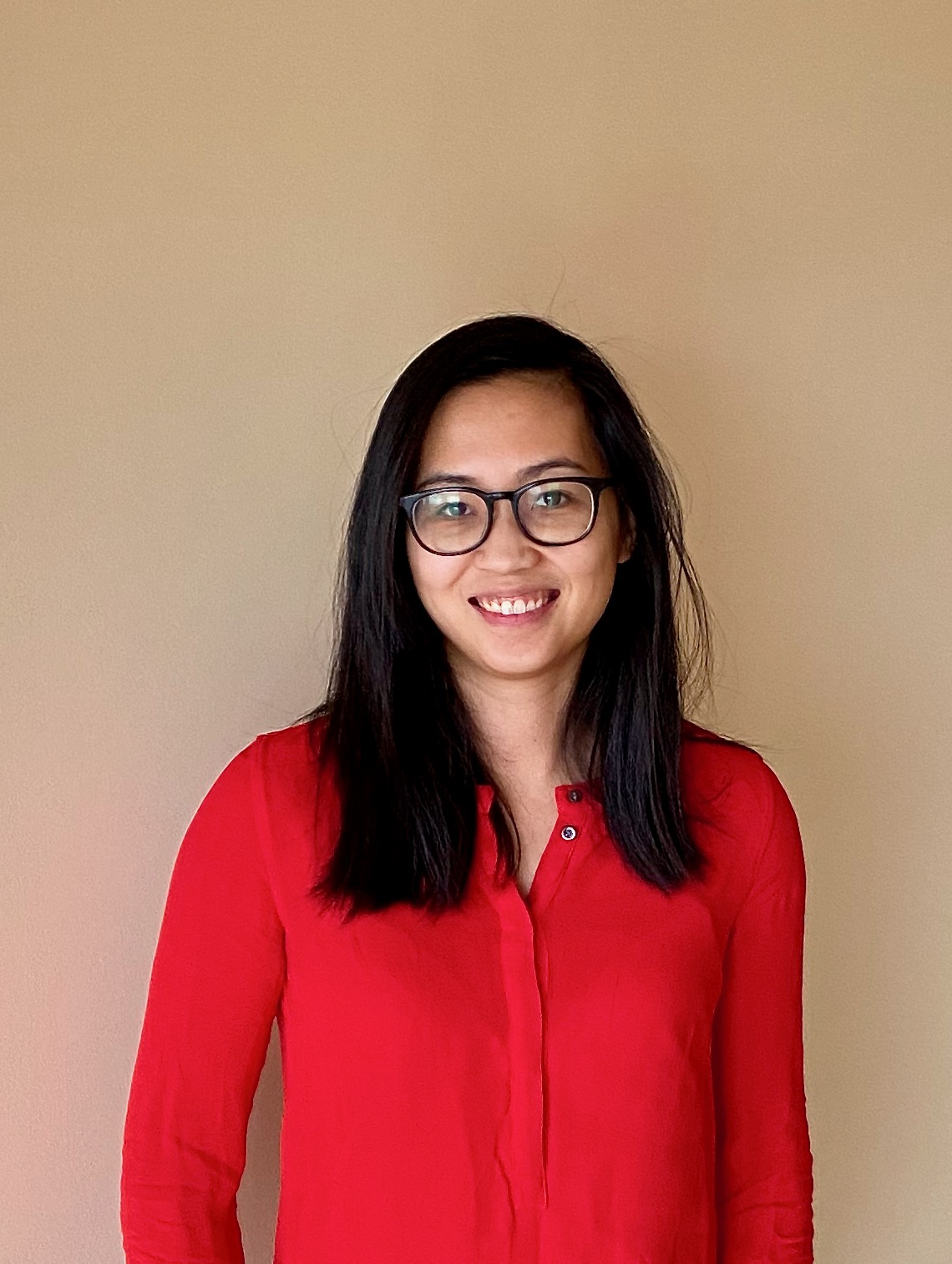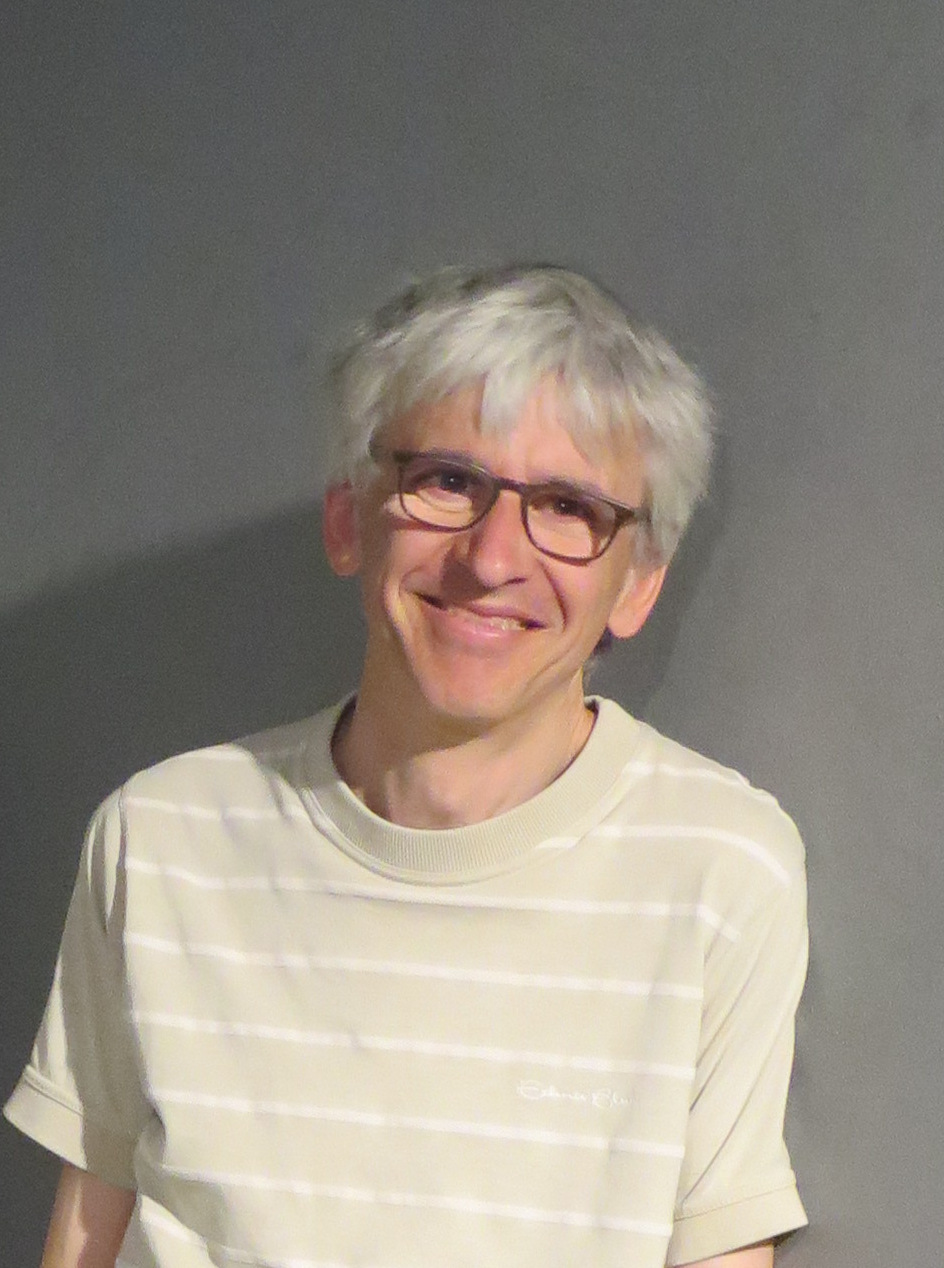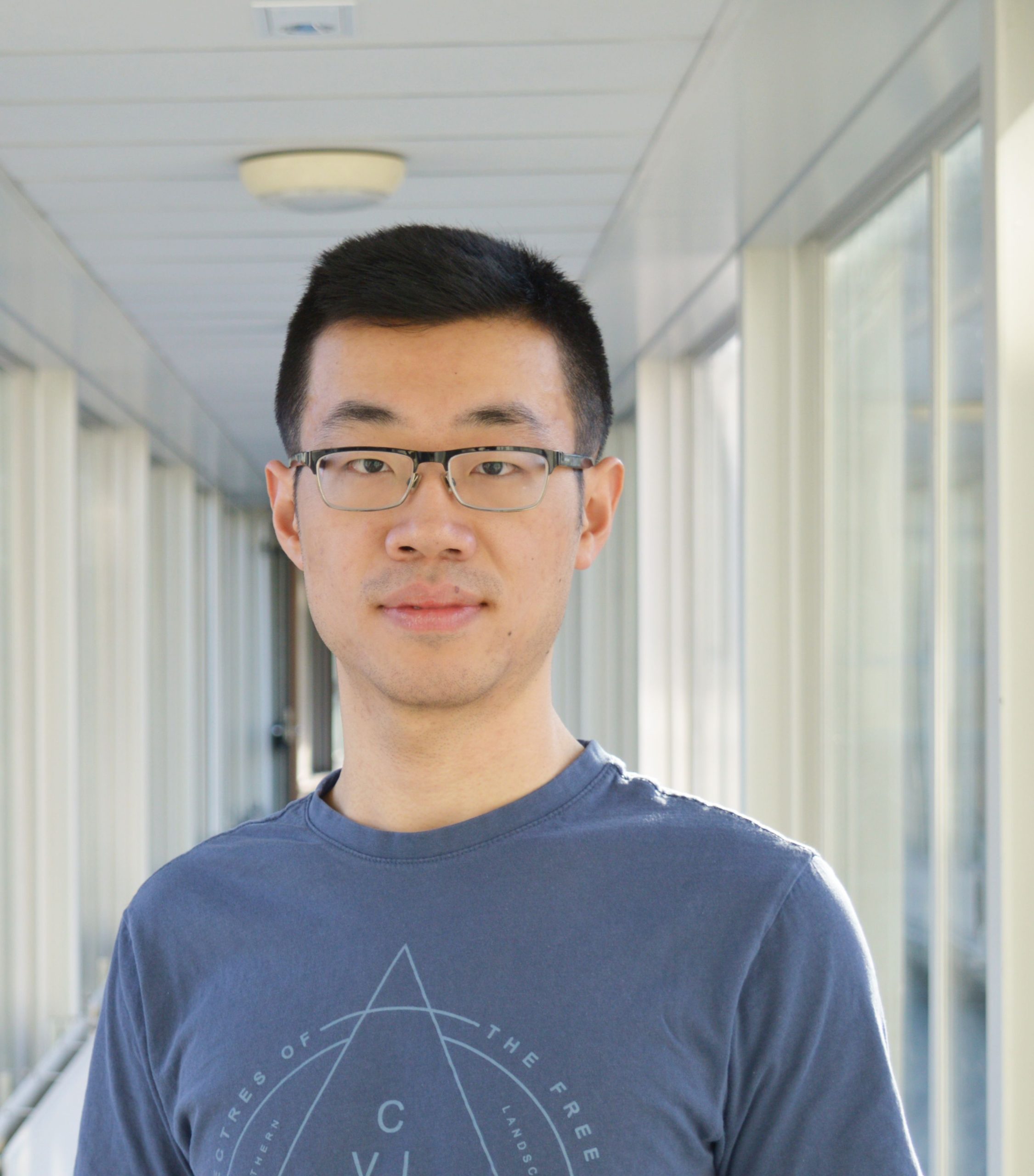ML4Q Concepts
Series #8: Topological nanoelectronic hybrid devices
The ML4Q Concepts seminar series goes into its eighth round focusing on the topic: Topological nanoelectronic hybrid devices. The series is organized by Albert Hertel and Kristof Moors, Forschungszentrum Jülich.
The seminars will be online, via zoom. The Zoom link will be sent via the cluster’s mailing lists. If you are not affiliated with ML4Q but would like to participate, please drop a line to the ML4Q office.
Suggestions for topics/speaker for follow-up seminar series are always welcome!
Seminar schedule

02 November 2023, 17:00
Angela Kou
University of Illinois at Urbana-Champaign
Using a superconducting transmon to probe mesoscopic phenomena
Superconducting circuits have extremely long coherence times and have been used widely as qubits, quantum-limited amplifiers, and mixers. In this talk, I will discuss using superconducting circuits as sensors for mesoscopic and superconducting phenomena.
I will show our work using a transmon qubit to probe the Andreev bound states in a junction formed in an aluminum-proximitized InAs nanowire. Understanding the nature of the proximity effect in proximitized semiconductors with spin-orbit coupling is particularly interesting since they have been theorized to host Majorana zero modes.
I will introduce the transmon and discuss how various features of the transmon are modified by replacing the usual aluminum-oxide-based junction with a semiconducting junction. I will detail our observations of the vanishing of charging effects in the transmon due to extremely high-transparency Andreev bound states in the junction. I will then discuss our work probing the phase diagram of a superconductor-quantum dot-superconductor (S-QD-S) system, which has also been suggested as a building block for making topological superconductors. We measure the full phase diagram of the S-QD-S system as a function of gate voltages and magnetic field. Finally, I will conclude with our observations of the anomalous Josephson effect, which results from the interplay between spin-orbit coupling, magnetic fields, and superconductivity.

(c) Hugues Pothier
09 November 2023, 11:00
Hugues Pothier
Quantronics Group, SPEC (CNRS), CEA-Saclay, Université Paris-Saclay, France
Signatures of interactions in the Andreev spectrum of nanowire superconducting weak links
In a non-superconducting material linking two superconductors, discrete quasiparticles states are formed as electrons and holes are “transmuted” into each other through successive Andreev reflection processes at both interfaces. The energy of these Andreev bound states depends on the phase difference between the complex order parameters of the superconductors. As a result, such a “weak link” carries a supercurrent and behaves as an inductance that depends on the occupation of the Andreev states.
I will review a series of experiments performed on semiconducting nanowire weak links [1,2,3] relying on the techniques of “circuit Quantum Electrodynamics”, which consist in probing a quantum circuit through a coupled resonator [4]. They reveal the rich physics of Andreev Bound States, from the basics to the effects of spin-orbit coupling and of Coulomb interactions.
[1] Spin-Orbit Splitting of Andreev States Revealed by Microwave Spectroscopy, L. Tosi, C. Metzger, M. F. Goffman, C. Urbina, H. Pothier, Sunghun Park, A. Levy Yeyati, J. Nygård, and P. Krogstrup, Phys. Rev. X 9, 011010 (2019).
[2] Circuit-QED with phase-biased Josephson weak links, C. Metzger, Sunghun Park, L. Tosi, C. Janvier, A. A. Reynoso, M. F. Goffman, C. Urbina, A. Levy Yeyati, and H. Pothier, Phys. Rev. Research 3, 013036 (2021).
[3] Signatures of interactions in the Andreev spectrum of nanowire Josephson junctions, F. J. Matute Cañadas, C. Metzger, Sunghun Park, L. Tosi, P. Krogstrup, J. Nygård, M. F. Goffman, C. Urbina, H. Pothier, A. Levy Yeyati, Phys. Rev. Lett. 128, 197702 (2022).
[4] From Adiabatic to Dispersive Readout of Quantum Circuits, Sunghun Park, C. Metzger, L. Tosi, M. F. Goffman, C. Urbina, H. Pothier, and A. Levy Yeyati, Phys. Rev. Lett. 125, 077701 (2020).

16 November 2023, 11:00
Martin Leijnse
Lund University, Sweden
Creating, detecting and controlling Majoranas in short quantum dot-based Kitaev chains
The possibility to engineer artificial Kitaev chains in arrays of quantum dots coupled via narrow superconducting regions has emerged as an attractive way to overcome the disorder that complicates realization and detection of topological superconducting phases in other platforms. Although a true topological phase would require long chains, already a two-site chain realized in a double quantum dot can be tuned to points in parameter space where it hosts zero-energy states that seem identical to the Majorana bound states (MBSs) that characterize the topological phase. These fine-tuned MBSs have been called poor man’s MBSs because they lack formal topological protection. In this talk, I will introduce a realistic description of quantum dot-based Kitaev chains, including finite Zeeman energies and electron-electron interactions. I will show that MBSs still appear under these conditions, but they are no longer perfectly identical to topological MBSs, which leads to the question if we can still hope to use them to demonstrate nonabelian physics. I will show that the answer to this question is a conditional “yes” and propose a path towards experimental demonstration.

30 November 2023, 11:00
Chuan Li
MESA+ Institute for Nanotechnology, University of Twente, The Netherlands
Superconducting proximity effect in topological Dirac materials
Chuan Li1, A.Q. Wang2, C.Z.Li2,3, C.G. Chu, B. de Ronde, J. de Boer, D. Wielens, Y.K. Huang4, Z.M. Liao2, A. Brinkman1
1MESA+ Institute for Nanotechnology, University of Twente, The Netherlands
2State Key Laboratory for Mesoscopic Physics and Frontiers Science Center for Nano-optoelectronics, School of Physics, Peking University, Beijing 100871, China
3Beijing Institute of Technology, China
4Van der Waals-Zeeman Institute, University of Amsterdam, Science Park 904, 1098 XH Amsterdam, Netherlands
Inducing superconductivity in topological materials stimulates the formation of novel quantum states of matter. Besides the original prediction in 3D topological insulators, the notion of topological phases has been generalized to different dimensions and extended to the higher-order states.
In the last few years, our research has demonstrated the possibility of realizing the topological superconductivity in engineered 3D topological insulators [1], 3D Dirac semimetals [2,3], and their 1D hinge states. Particularly, Cd3As2 is predicted to be a higher-order topological semimetal, possessing three-dimensional bulk Dirac fermions, two-dimensional Fermi arcs [4], and one-dimensional hinge states [5] or non-Hermitian states [6]. These topological states have different characteristic length scales in electronic transport. We show that the superconducting proximity effect can also be a sensitive probe for distinguishing these states.
[1] B. de Ronde, et al., Nanomaterials 10, 794 (2020).
[2] Li, C. et al. Nat. Mater. 17, 875 (2018).
[3] Wang, A. Q. et al. Phys. Rev. Lett. 121, 237701 (2018).
[4] Li, C.-Z. et al. Nat. Communications. 11, 1150 (2020).
[5] Li, C.-Z. et al. Phys. Rev. Lett. 124, 156601 (2020).
[6] Chu, CG. et al. Nat Communications. 14, 6162 (2023).

14 December 2023, 11:00
Guanzhong Wang
TU Delft